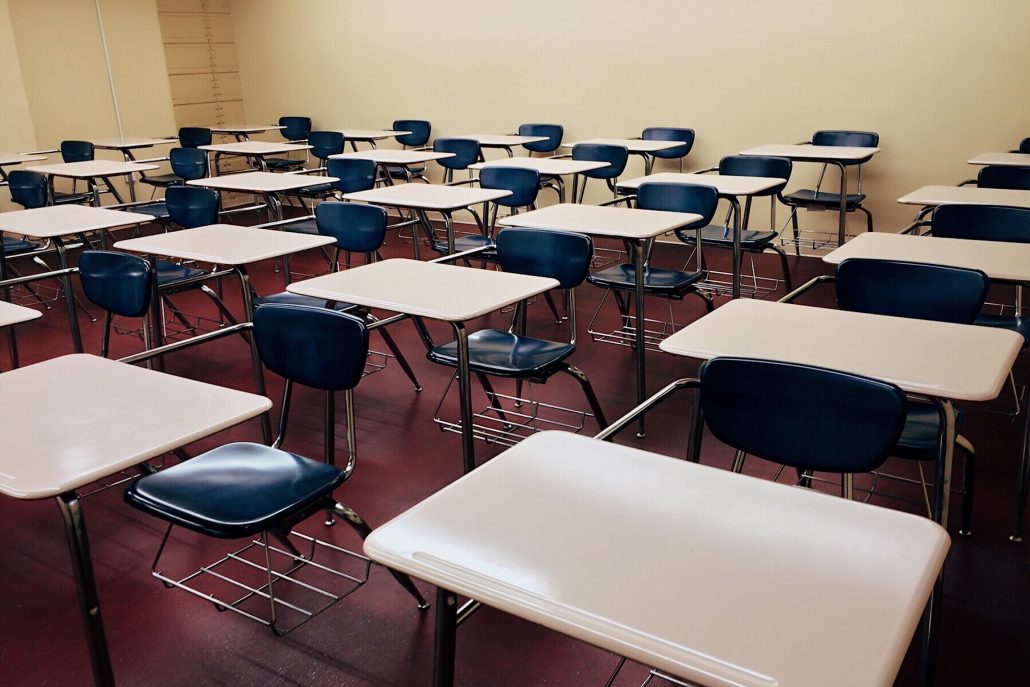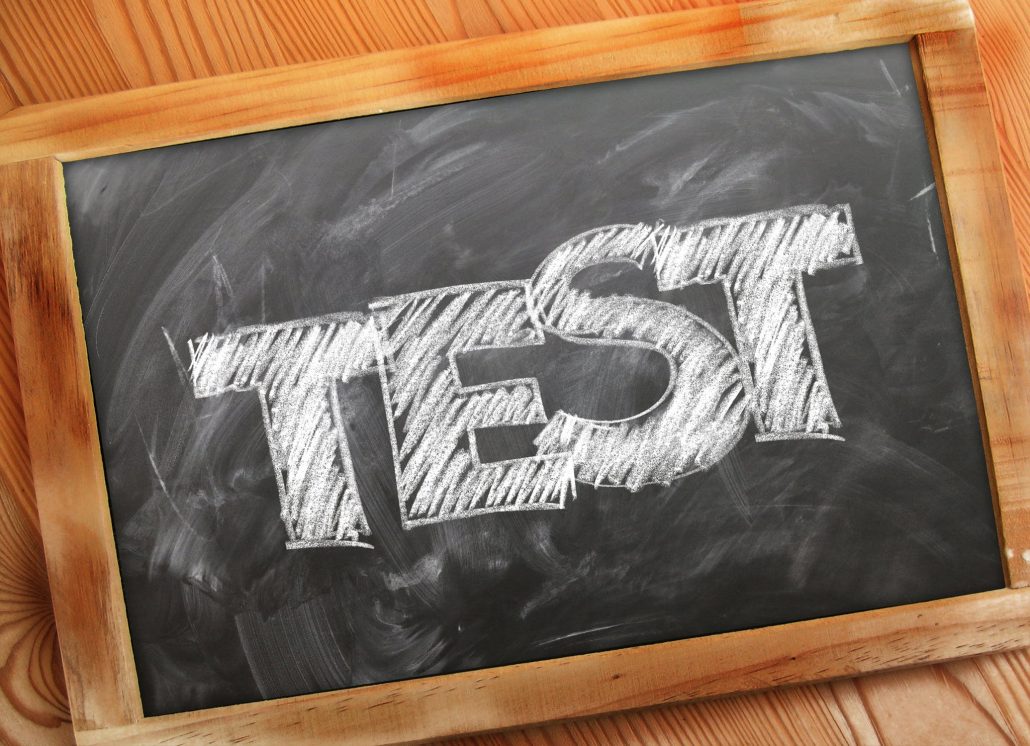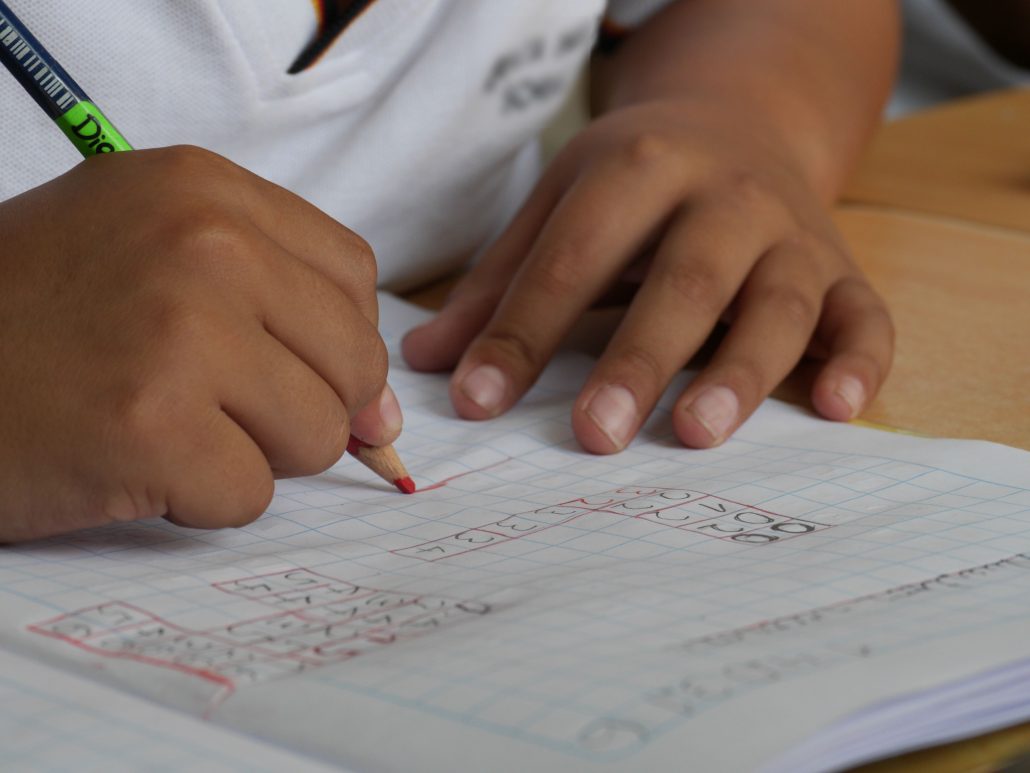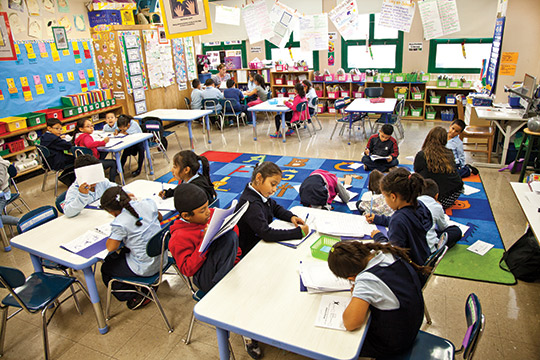More Testing Accommodations

Testing accommodations in the classroom are essential for student success. Not only should the accommodations provide support for students to access material and demonstrate mastery, they should also foster a sense of confidence. When students feel successful on an assessment, that confidence can bolster future success and motivate students that may have been discouraged by their learning differences. Of course, accommodations should be tailored to each learner’s specific needs—that is why plans are called IEPs, or individualized education programs. As much as these tools vary for each individual student, there are certain accommodations that are known to assist certain styles of learners better than others.
ADD/ADHD Learners:
Again, every learner is different, so each student with ADD and ADHD exhibits different behaviors and strengths. As much as everyone has different needs, students with ADHD, who exhibit certain behaviors more frequently, can benefit from a myriad of different testing accommodations.
Reduced distractions during testing can greatly help students with attention difficulties. This accommodation can vary depending on the classroom environment. For many, as long as the class is co-taught or has a paraeducator, students with ADHD or ADD should be pulled out into a smaller group setting for testing. This removes the unnecessary distractions that a full classroom can present.
If pull-out groups are not an option, consider moving the student to the front or side of the classroom where he/she will be less inclined to look around or daze off. Another tip for reduced distractions during testing is to instruct students to simply flip the assessment over when finished, as opposed to walking up to turn it in. Students with ADHD can easily become distracted or even discouraged if others are finishing the assessment faster than they are. Additionally, seat students away from windows or within view of the door or hallway. Because students with ADHD struggle to refocus when distracted, anything from a dog walking outside to a peer passing through the hallways can deter their focus.
Consider playing soft, slow, instrumental music or nature sounds in the background while students are testing. This will drown out any compulsive pencil tapping, chair screeching, or leg-shaking. Be sure that the music or sounds do not have any lyrics or distractibility factor.
Different seating options can provide the slight mobility that students may need when testing. Something as simple as providing students with the option to sit on stools, yoga balls, floor cushions, or to stand while testing can alleviate the jitters or restlessness that some students with ADHD experience. Tactile items such as fidget cubes, moldable erasers, or stress balls can help students to focus, as well. Just be sure to monitor their use so that they work to expel energy and channel focus, rather than distract students further.
If planning allows, consider breaking up longer unit assessments into multiple days or class periods. For instance, if an exam involves multiple choice responses, short answer, and written responses, see about allowing students to submit the test in two parts over separate days. This allows students to maintain focus for each section and regroup before moving into the lengthier writing portion. This is a best practice, not only for students with attention issues, but for all learners because it keeps students’ focus from straying. Splitting an assessment up over two days allows students to refocus and maintain motivation since they are not rushing through it or eager to get it over with.
When issuing an assessment with long reading passages or a lot of the text on each page, modify the visual aspect of the exam so that students with attention difficulties are not discouraged or overwhelmed by the amount of text on the page. Simply increasing the font and/or margin size can help to visually split the test into multiple chunks or pages. This approach helps students to focus their attention on fewer questions or shorter texts from page to page, prompting them to limit their focus to one question at a time.












